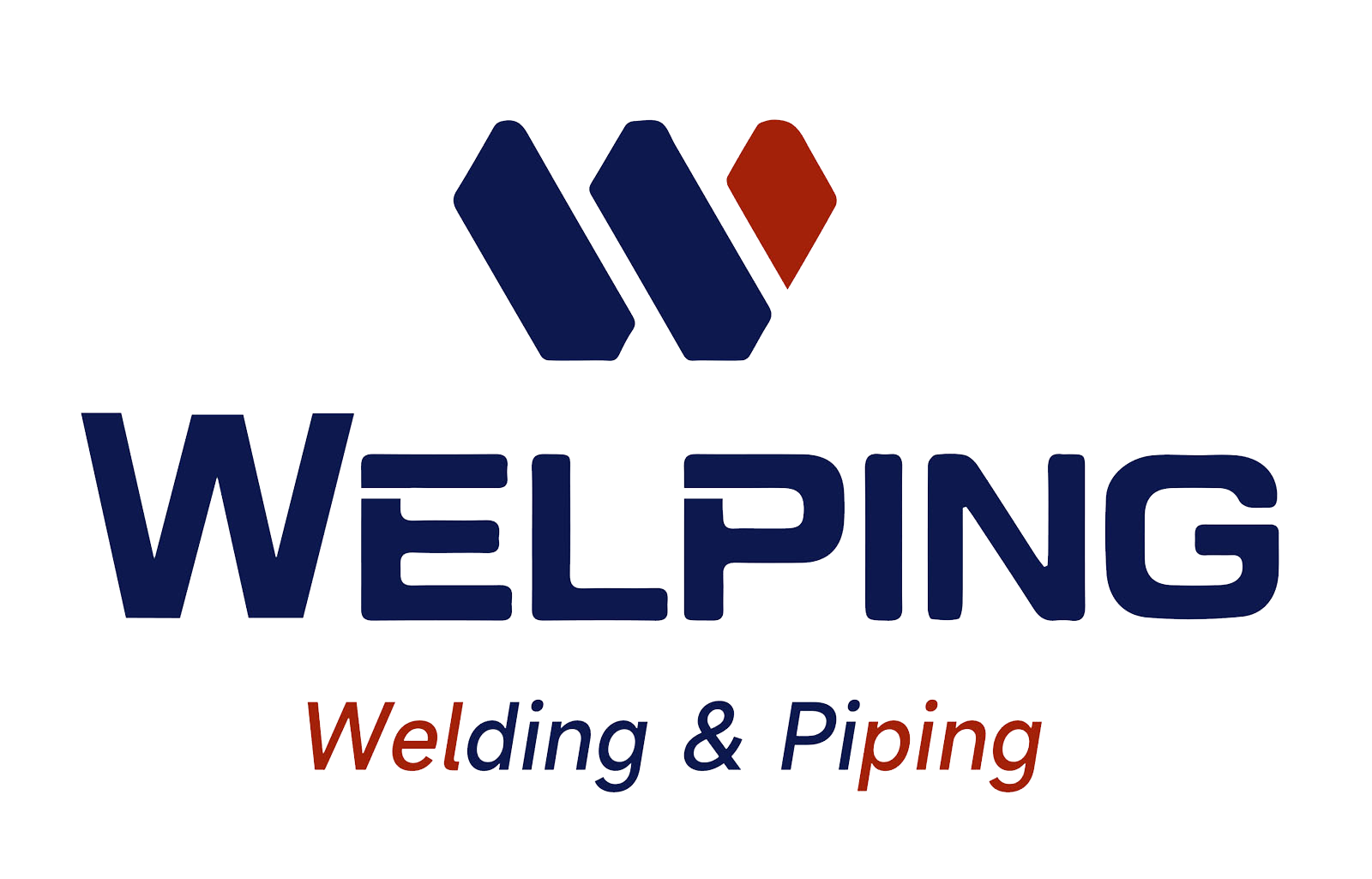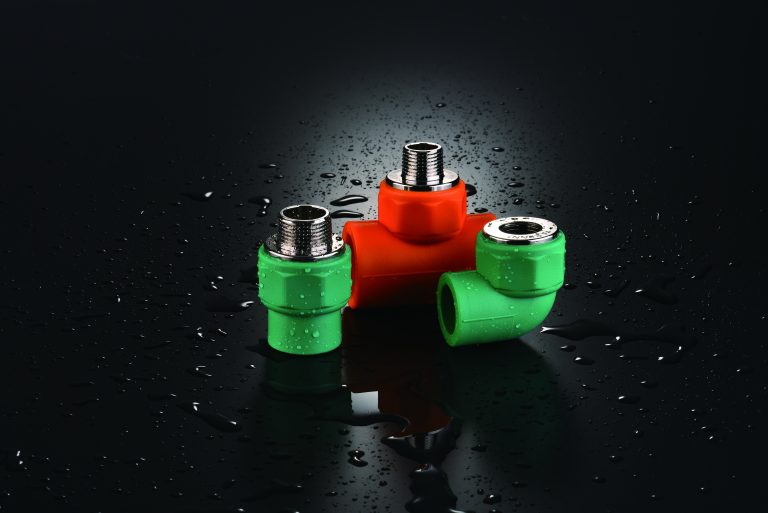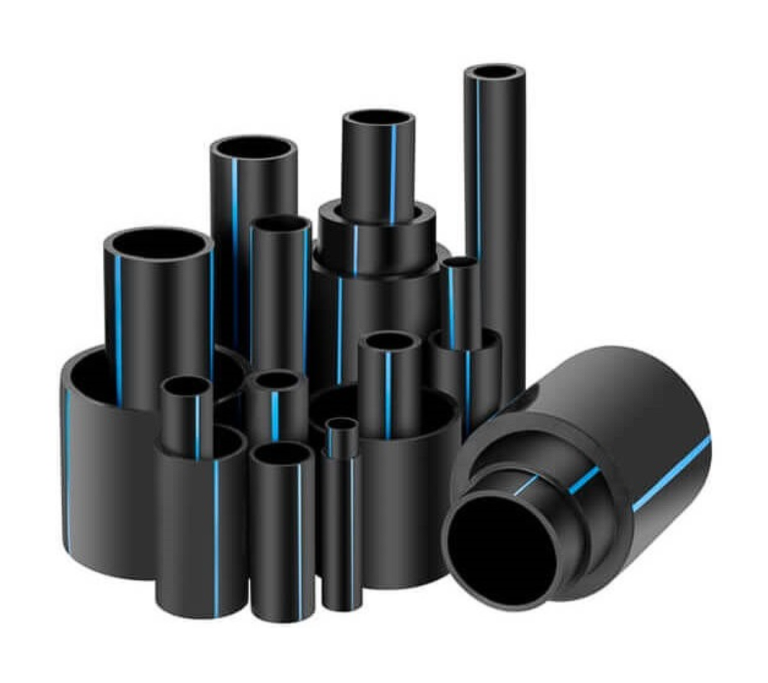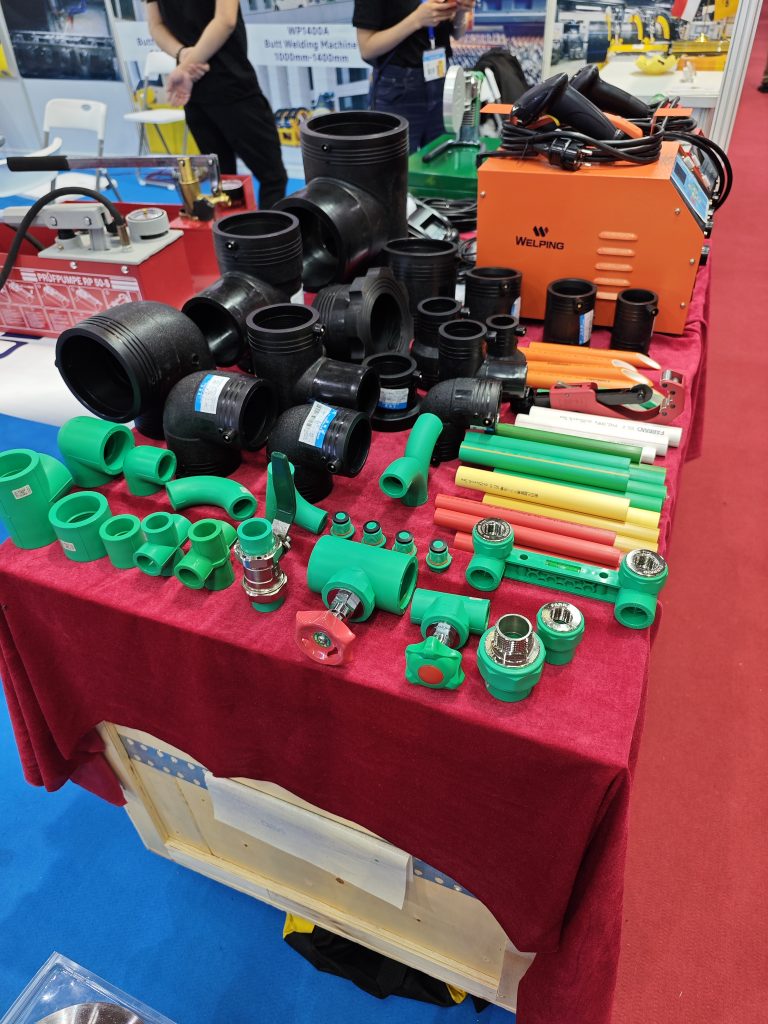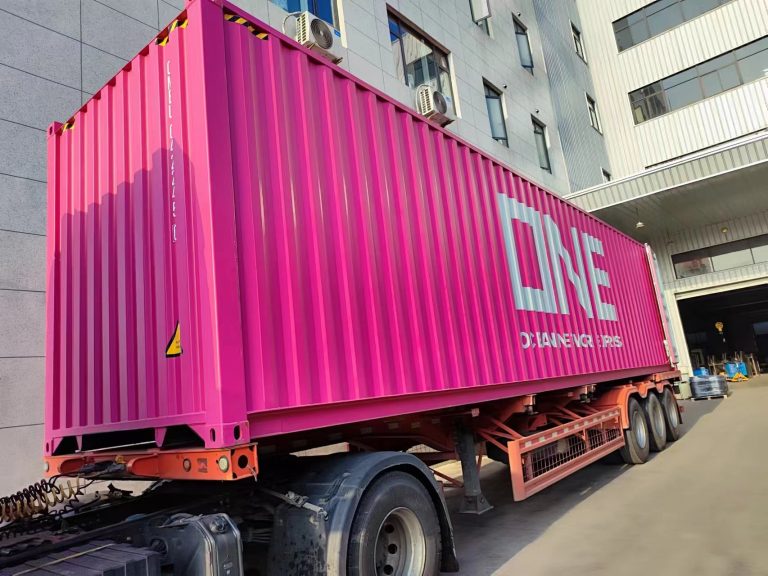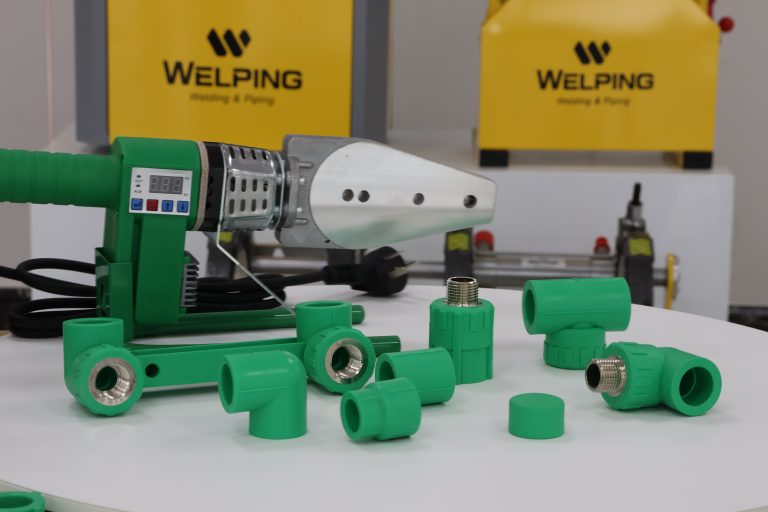Electrofusion fittings are a type of fittings used for connecting polyethylene (PE) pipes, commonly employed in the transportation of gas, water, and other liquids. Unlike traditional welding or mechanical connections, electrofusion fittings utilize electrofusion welding technology. This technology offers numerous advantages in terms of construction and operation, making it widely used in various engineering projects.
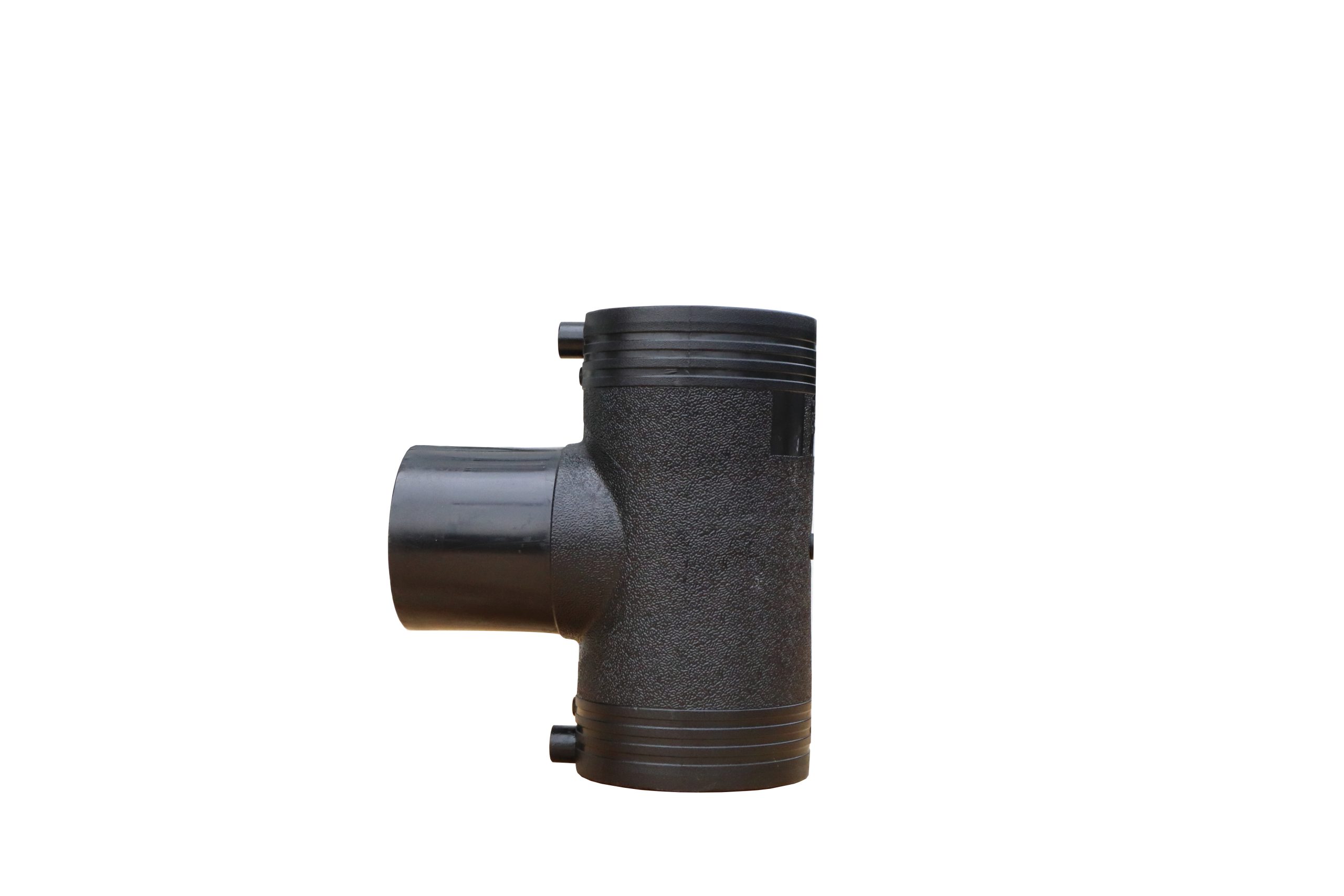
Working Principle of Electrofusion Fittings
The inner wall of the electrofusion fitting is embedded with metal heating wires. When connecting pipes, an external power source is used to supply electricity to the heating wires, which generate heat. This heat melts the contact surfaces of the fitting and the pipe, fusing them together. Once cooled, a strong connection is formed. Electrofusion fittings typically include electrofusion couplings, electrofusion elbows, and electrofusion tees.
Advantages of Electrofusion Fittings
1. Strong Connection**: The connection formed by electrofusion welding is very strong, almost as robust as the pipe itself, reducing the risk of leakage.
2. Simple Operation**: The electrofusion welding process is highly automated and easy to operate, reducing labor and construction time.
3. Versatility**: Suitable for connecting pipes of different diameters and pressure levels, and can be used in complex environments both above and below ground.
4. High Corrosion Resistance**: PE material has excellent chemical resistance, making it suitable for transporting corrosive media.
5. Long Lifespan**: Electrofusion fittings have a long service life, typically lasting over 50 years.
Applications of Electrofusion Fittings
Electrofusion fittings are widely used in gas transportation, water supply, wastewater treatment, chemical media transportation, and slurry pipelines. They provide a stable and reliable connection solution, especially in long-term use and harsh environments.
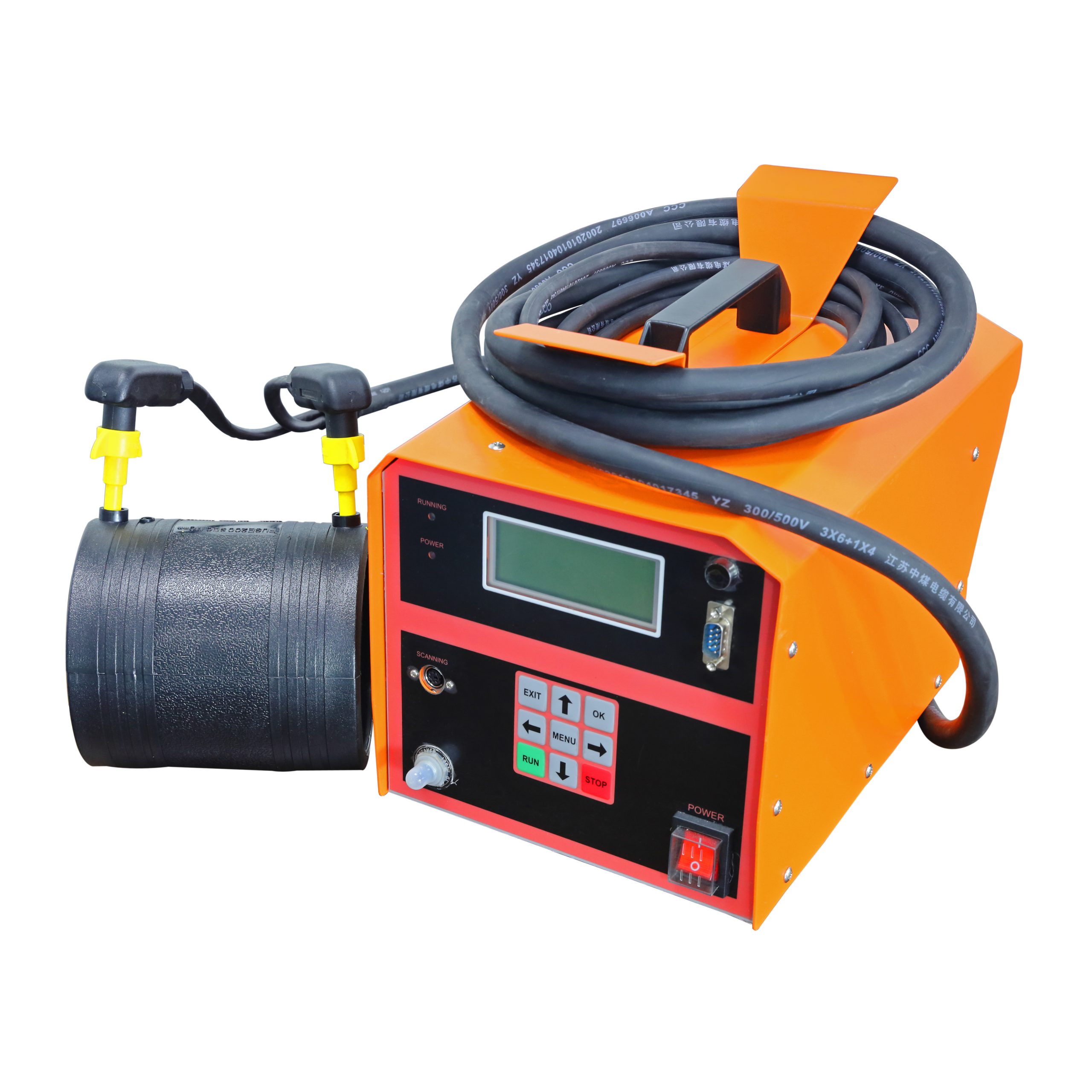
Installation Steps for Electrofusion Fittings
1. Preparation**: Clean the surfaces of the fitting and the pipe to ensure they are free from grease, dirt, and other contaminants.
2. Positioning and Fixing**: Place the electrofusion fitting over the pipe, ensure it is correctly positioned, and secure it with clamps.
3. Connecting Power**: Connect the power cables of the electrofusion device to the terminals of the electrofusion fitting.
4. Electrofusion Welding**: Turn on the electrofusion device and set the heating time and temperature according to the device instructions to perform electrofusion welding.
5. Cooling and Inspection**: After welding, keep the connection fixed until it cools naturally, then inspect the weld quality.
Precautions for Electrofusion Fittings
1. Temperature Control**: Strictly control the temperature during welding to avoid overheating or insufficient heat, which can result in a weak connection.
2. Surface Treatment**: Ensure the connection surfaces are clean and free from contaminants to guarantee welding quality.
3. Equipment Maintenance**: Regularly check and maintain the electrofusion equipment to ensure its normal operation and accuracy.
Electrofusion fittings provide an efficient and reliable connection solution for modern piping systems. With their unique connection method and excellent performance, they have found widespread application in various fields.
